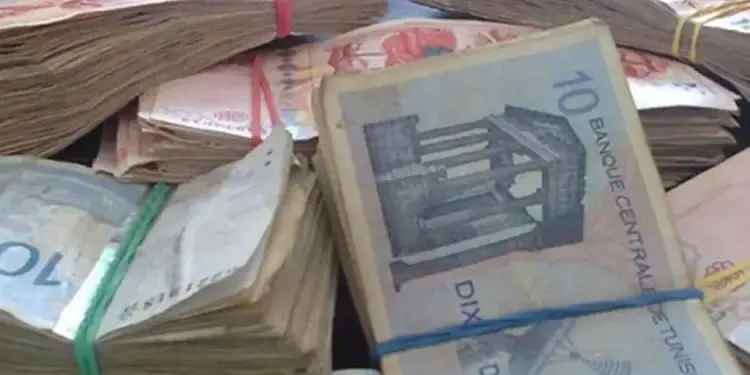Three months after the entry into force of the reform framing the use of checks, the Arab Institute of Business Managers (IACE) publishes a revealing survey: CASH remains the dominant payment method in Tunisia, used by 47% of consumers.
Carried out with 1,100 people between March and April 2025, mainly aged 30 to 50 and with income between 1000 and 3000 dinars, the study shows that the use of the new check remains marginal (7%), despite the modernization objectives of the regulatory framework.
Still very traditional uses
The classification of scriptural means of payment has been reversed since the application of the new regulations on February 2, 2025. Transfer and exchange letters are now leading (16%each), followed by the bank card (14%) and very far ahead of the new formula and banking domiciliation checks (0.4%).
The IACE underlines that these figures reflect a strong inertia in habits, but also a need for educational support, especially since 47% of respondents declare that they have encountered “sometimes” difficulties in making their payments since the reform.
Consequences on consumption
The impact goes beyond the simple use: 29% of Tunisians have given up or postponed a purchase provided since the change of regulation. The deterrent effect seems particularly marked in the middle classes: 88% of those whose monthly income vary between 1000 and 3000 dinars admit to having deferred an expenditure because of the reform.
The most concerned sectors are those where the check served as a purchase lever: furnishings, household appliances, health or tourism. However, even for high amounts, cash payment remains widely used, confirming the centrality of cash in current transactions.
A digital future, but still vague
Asked about the means of payment they plan in the future, 58% of respondents say they are ready to use their mobile phone. The delayed debit card (34%) also appeals to its balance between flexibility and budget control. However, only 2% wish to return to the old check system.
According to the IACE, these results illustrate a rapid but uneven transition, risking leaving aside part of the population, especially the most fragile. The Institute calls for adapting reform, providing for digital inclusion measures, information campaigns, and transitional solutions to support consumers in this deep change.








